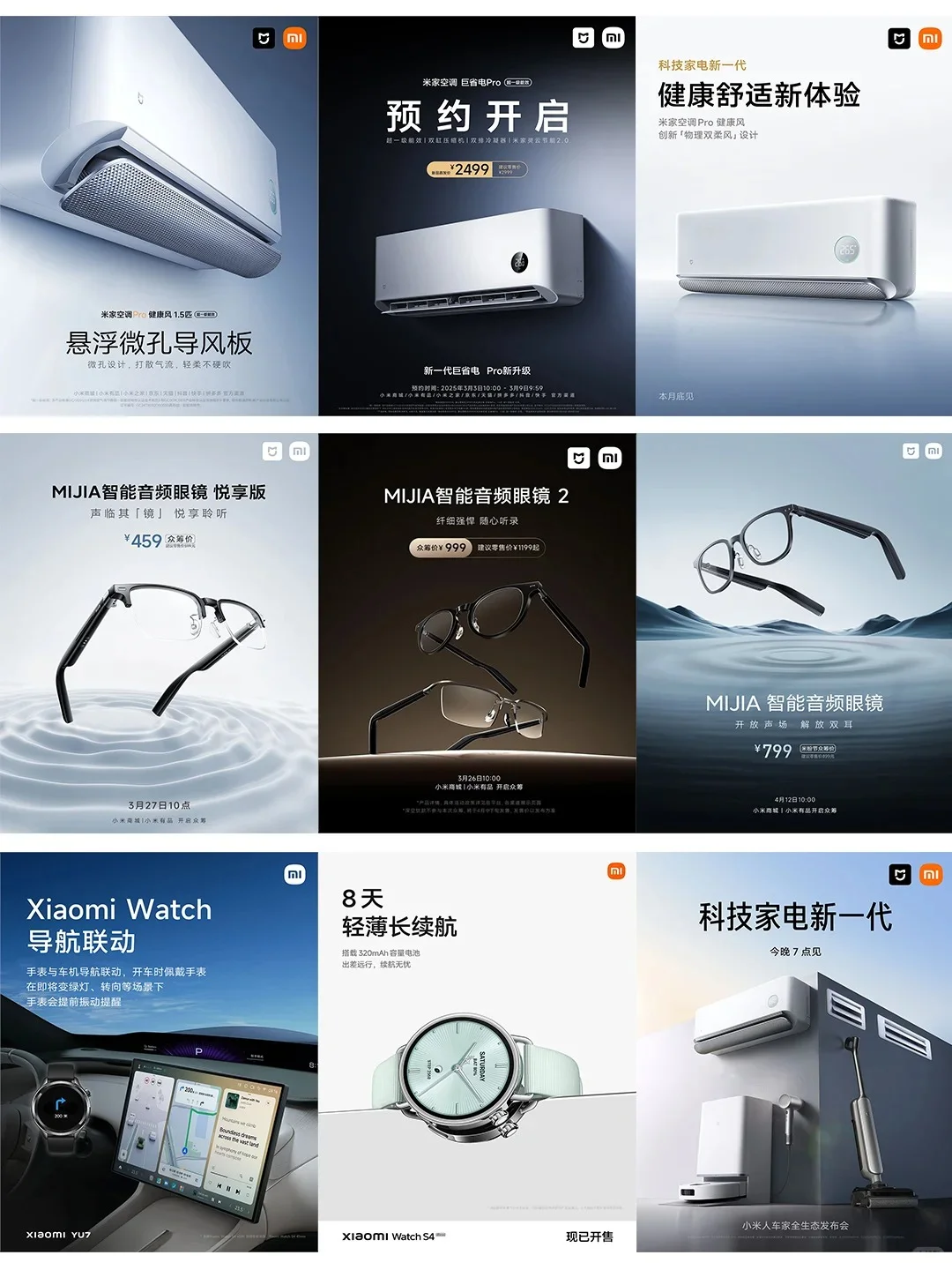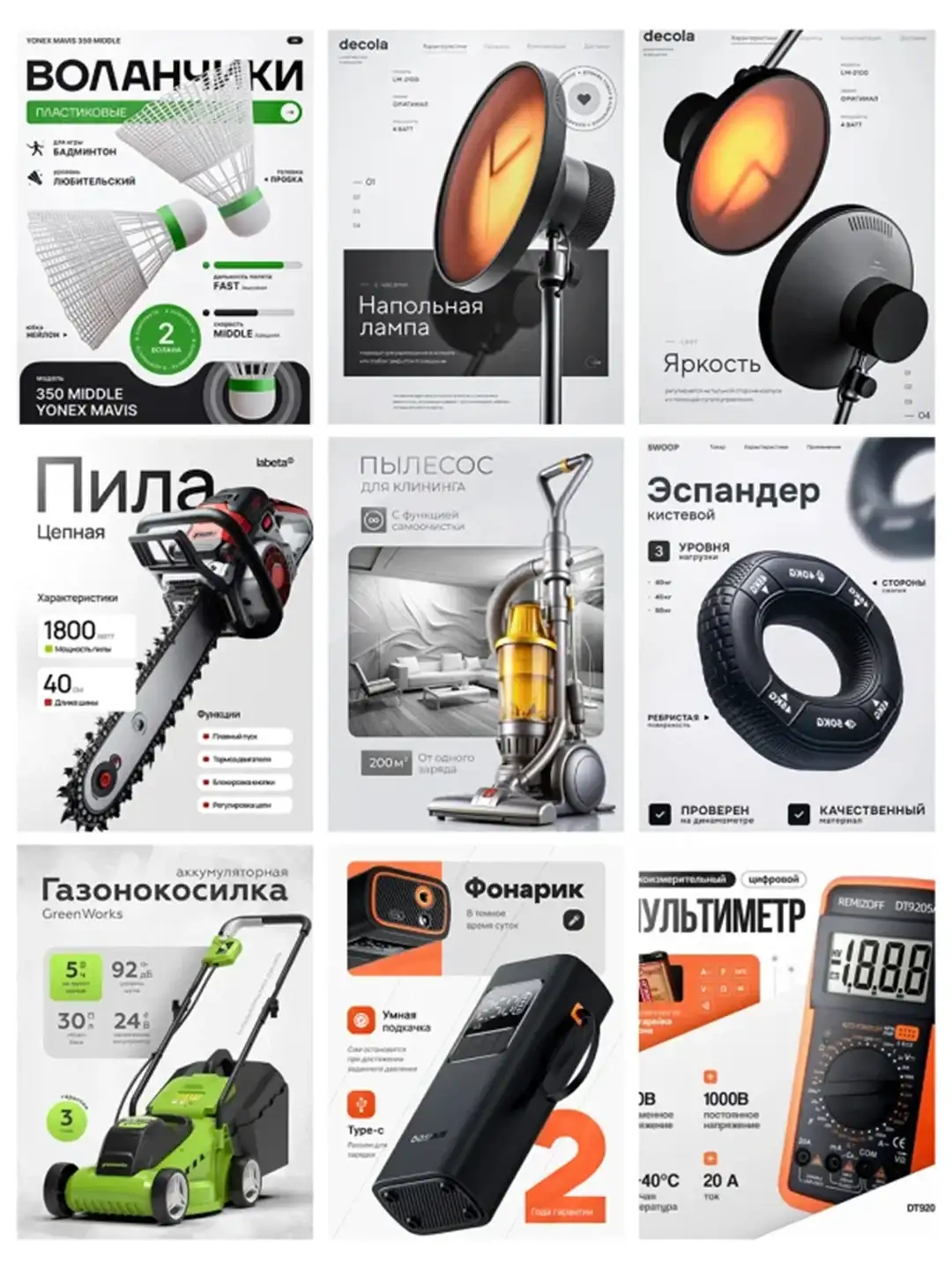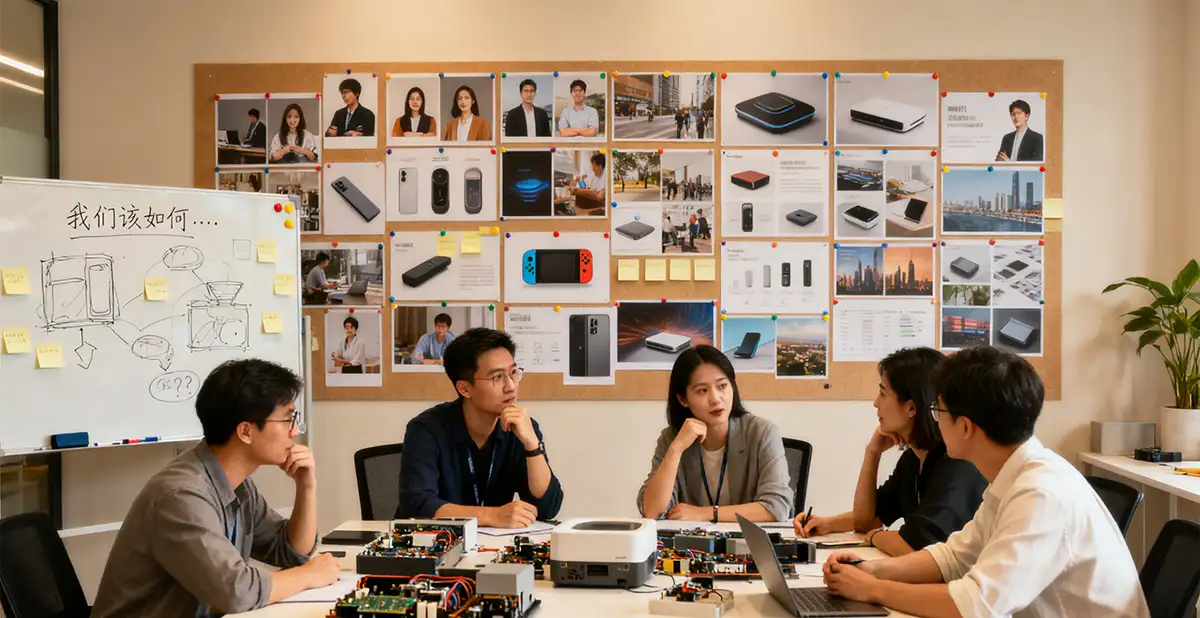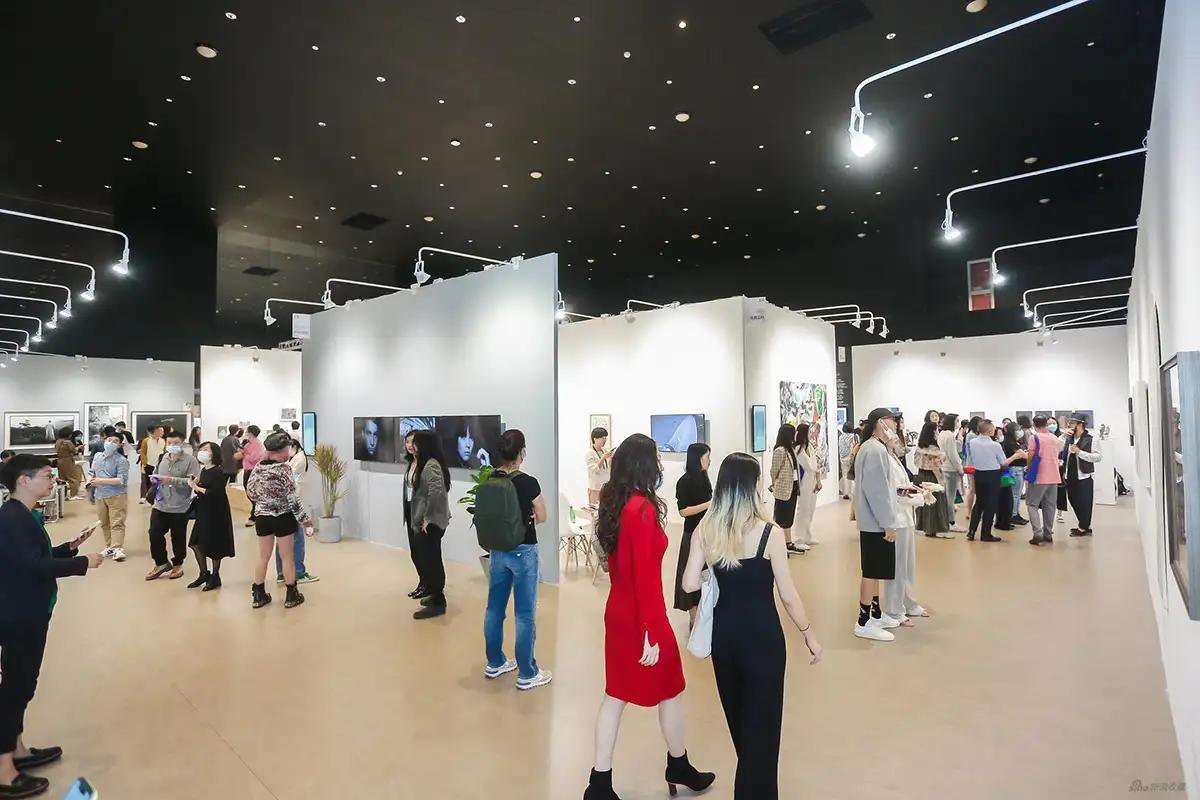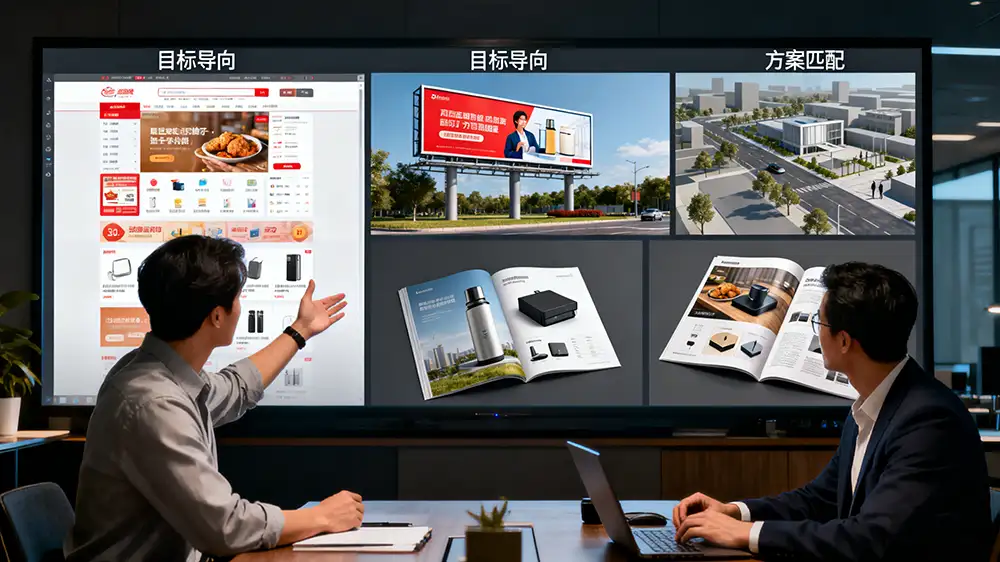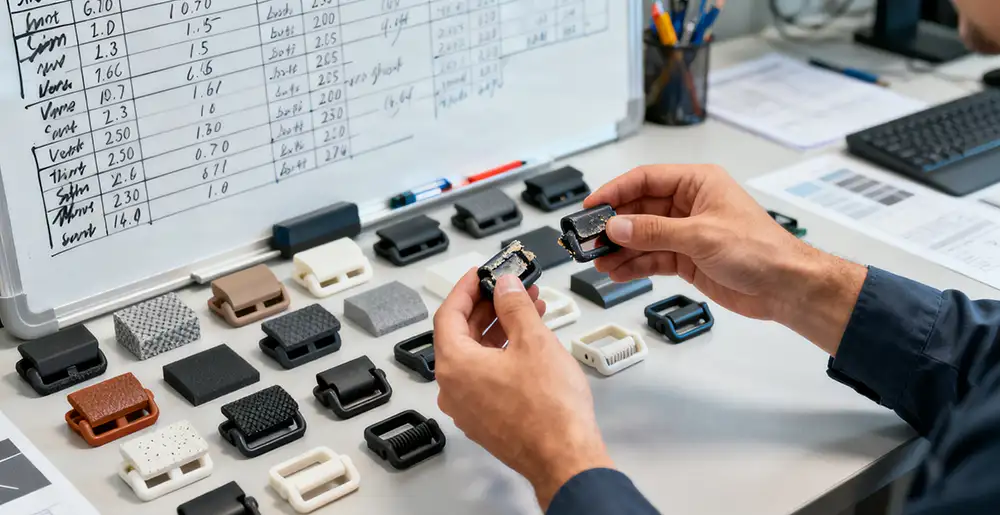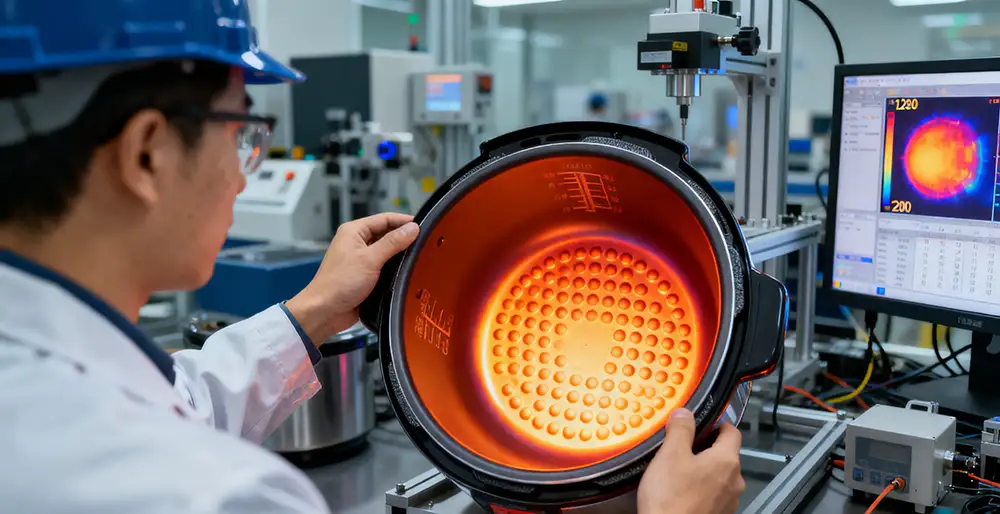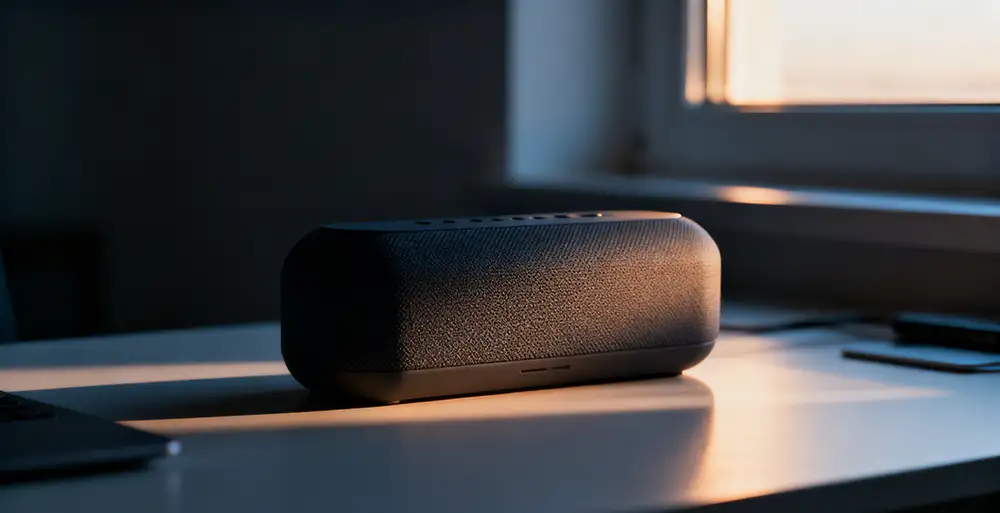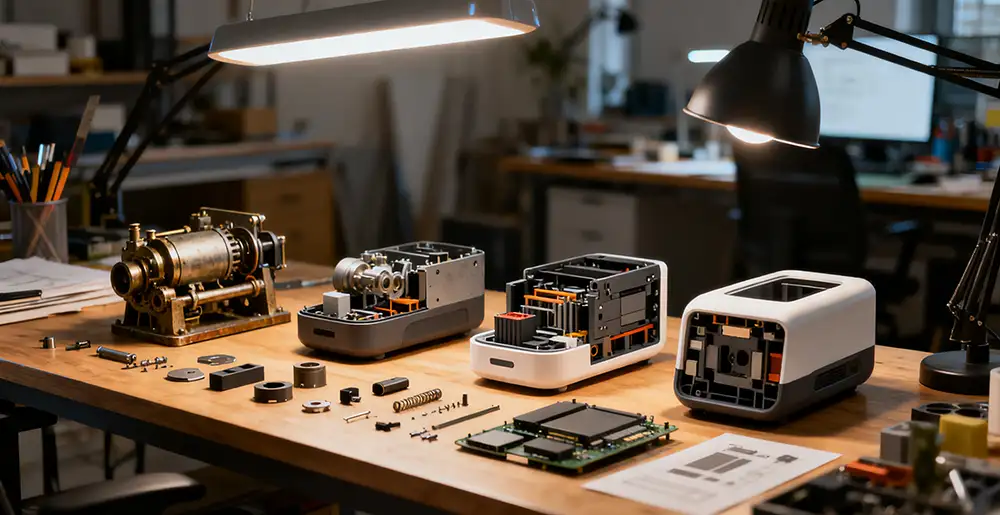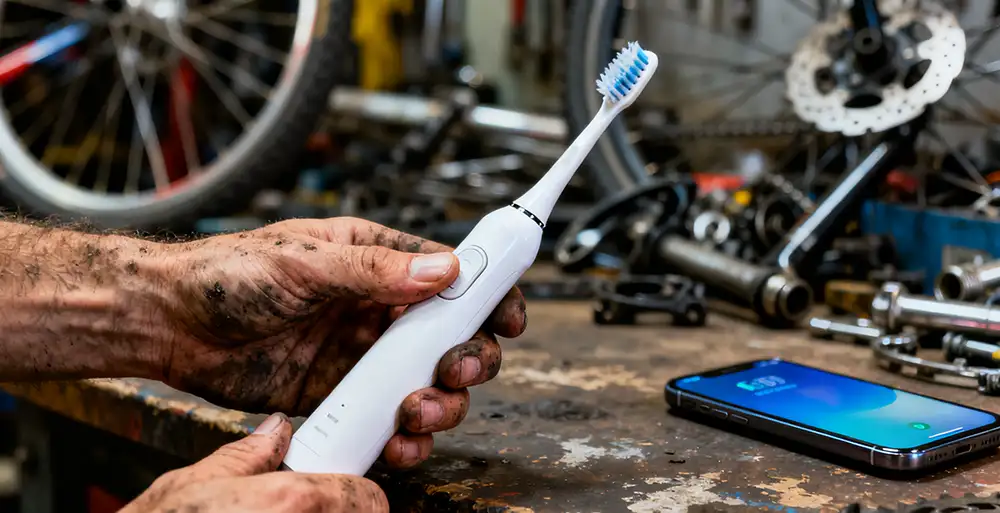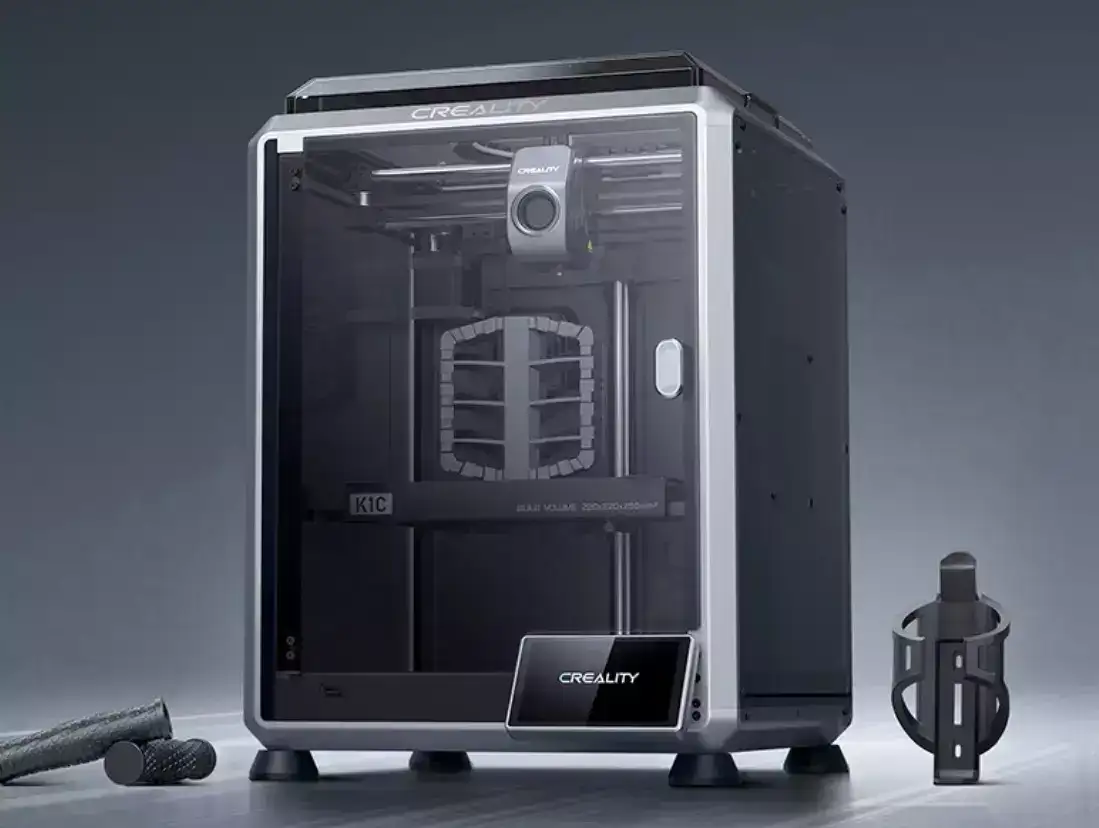NINEIDEA:在工业设计的复杂版图中,设计师们常常遭遇一种令人纠结的困境:“用户说” 的和 “数据说” 的大相径庭,这一矛盾的局面宛如横亘在工业设计师的决策之路上的巨石,让前行充满艰难。下面抛出矛盾场景,结合智能家居设计领域,看看设计中的用户习惯与市场调研数据冲突如何找到平衡点,打造出既贴合用户实际需求,又能顺应市场发展潮流的卓越产品。
矛盾场景呈现
在智能家居产品的设计进程里,智能门锁的设计堪称矛盾冲突的典型代表。在与用户展开深入交流时,我们听到了大量对传统钥匙与密码结合开锁方式的青睐之声。用户们强调,传统钥匙作为一种久经考验的备用手段,能在电子设备突发故障时提供坚实的安全感,而密码输入的方式简单易懂,操作便捷。他们已然习惯了这种双保险的开锁模式,对新兴的电子开锁技术心存顾虑,担心一旦电子系统出现问题,自己将被拒之门外。
然而,市场调研所呈现的数据却截然不同。数据清晰地表明,指纹识别以及手机 APP 远程开锁功能正呈现出迅猛的发展态势,配备这些开锁方式的智能门锁在市场上的占有率节节攀升。特别是年轻的消费群体,对这些新技术展现出了极高的热情,他们认为这些方式极大地契合了现代快节奏的生活方式,将便捷性提升到了新的高度。
矛盾背后的原因
用户所表达的需求,大多源自于他们长期以来形成的习惯以及当下的直观感受。传统钥匙与密码结合的开锁方式,经过岁月的沉淀,早已深深烙印在用户的使用习惯中,给予他们一种难以替代的熟悉感与信任感。从心理层面来讲,这种方式让用户觉得更加稳妥可靠。
而市场调研数据则是整个市场动态以及不同消费群体综合行为变化的直观反映。随着科技的飞速发展,新技术不断涌现并得到广泛推广,一部分消费者,尤其是年轻且乐于拥抱新事物的群体,迅速接纳并积极推动了指纹识别和远程开锁等功能的普及。
工业设计师的决策生存法则
深度探寻,解锁核心需求:设计师绝不能仅仅停留在用户表面的言辞或数据所呈现的表象之上。对于用户执着于传统开锁方式这一现象,需要深挖背后对安全与便捷的核心诉求。或许可以在保留传统方式的基础上,对钥匙和密码输入环节进行创新性设计,比如采用更为先进的加密钥匙技术,或是打造更为便捷的密码输入交互界面。对于数据所反映出的新技术发展趋势,思考如何全方位提升其稳定性与安全性,从而彻底消除用户内心的担忧。
精准细分,定制专属设计:充分认识到不同用户群体之间存在的显著需求差异。针对老年用户群体或是对新技术接受程度较低的人群,着重对传统开锁方式进行优化升级,并增添详细的操作提示与贴心的辅助功能。而对于年轻用户群体,则大力强化指纹识别和远程开锁功能的创新设计,例如进一步提升识别速度,增加个性化的设置选项等,同时为他们提供简洁明了、易于上手的操作引导。
巧妙平衡,融合创新守旧:既不能因为用户的习惯而对新技术关上大门,也不能盲目地完全依赖数据而忽视用户现有的使用习惯。在设计过程中,可以采取循序渐进的方式逐步引入新技术,给予用户足够的时间去适应和过渡。例如,率先推出兼具指纹识别功能与传统钥匙孔的智能门锁产品,密切观察用户的反馈意见,然后依据实际情况对设计进行进一步的优化调整。
@NINEIDEA九号创新 www.nineidea.com
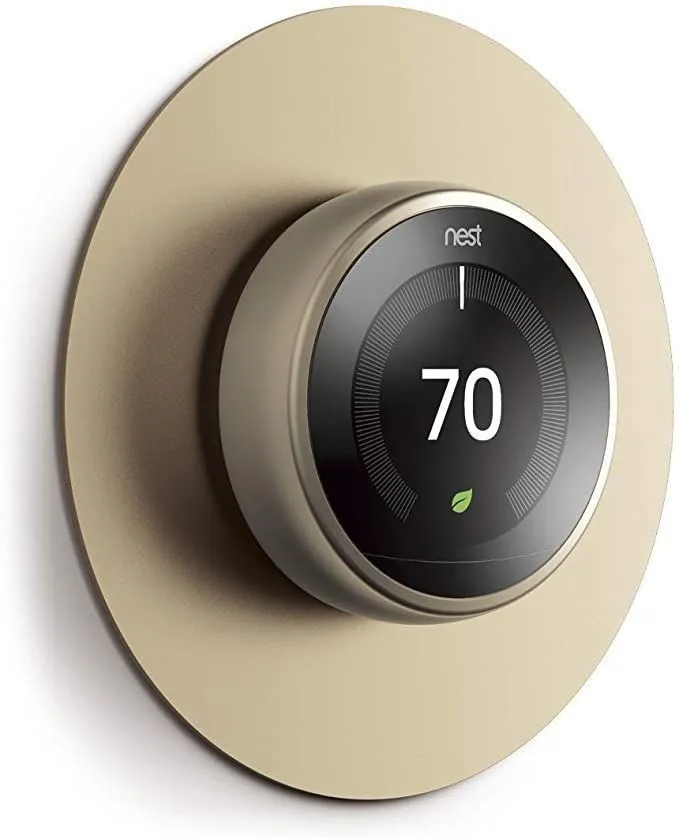

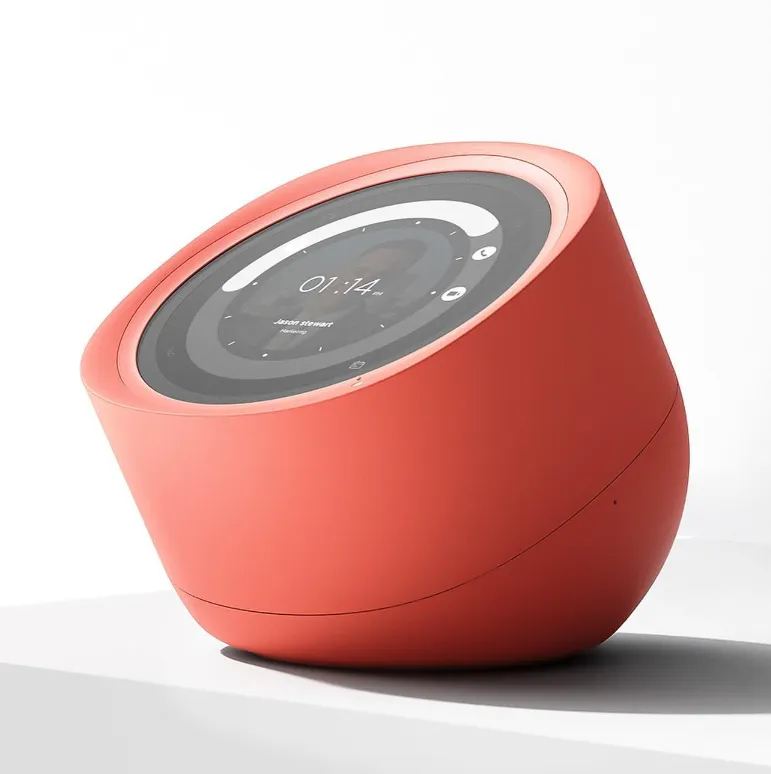
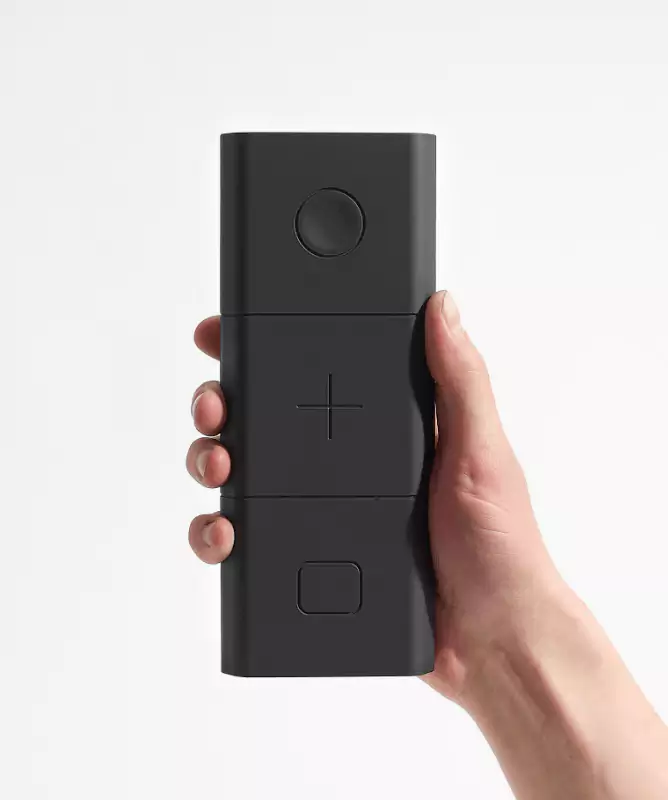
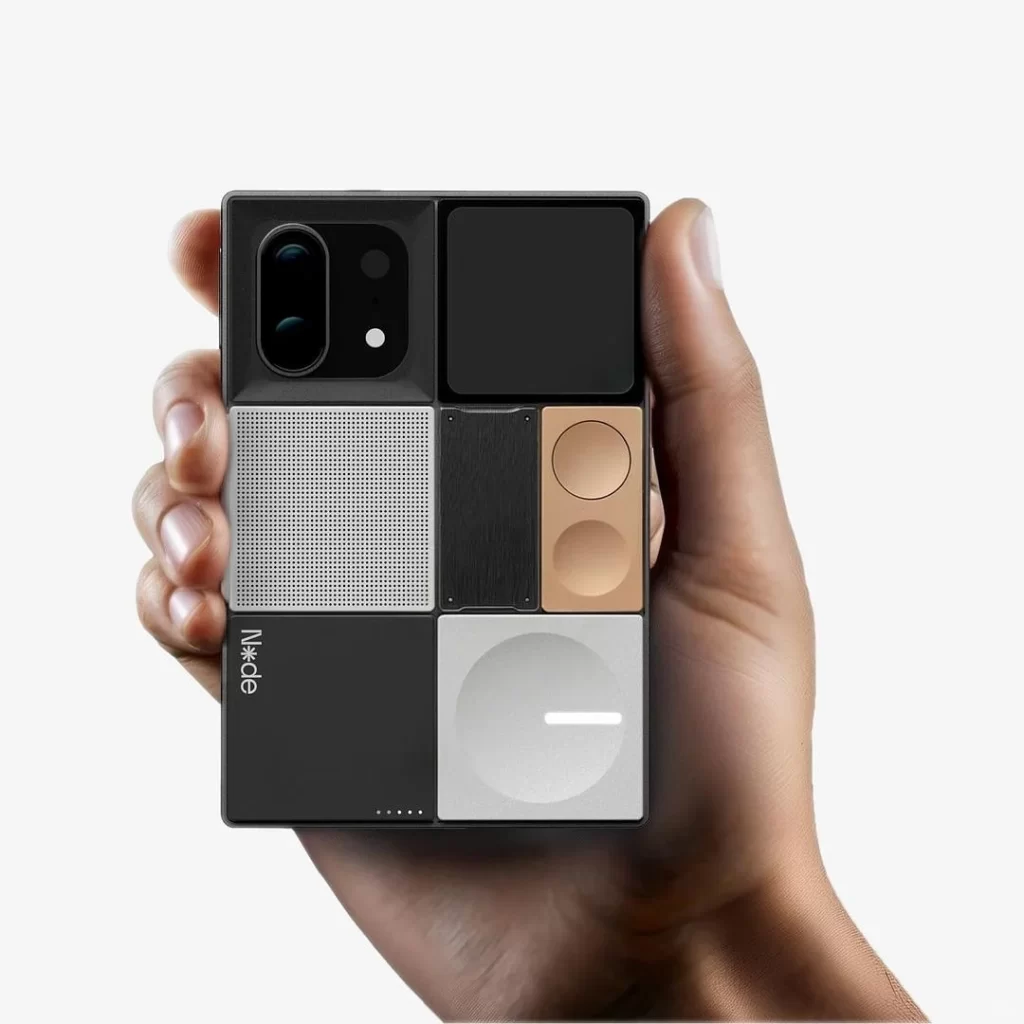
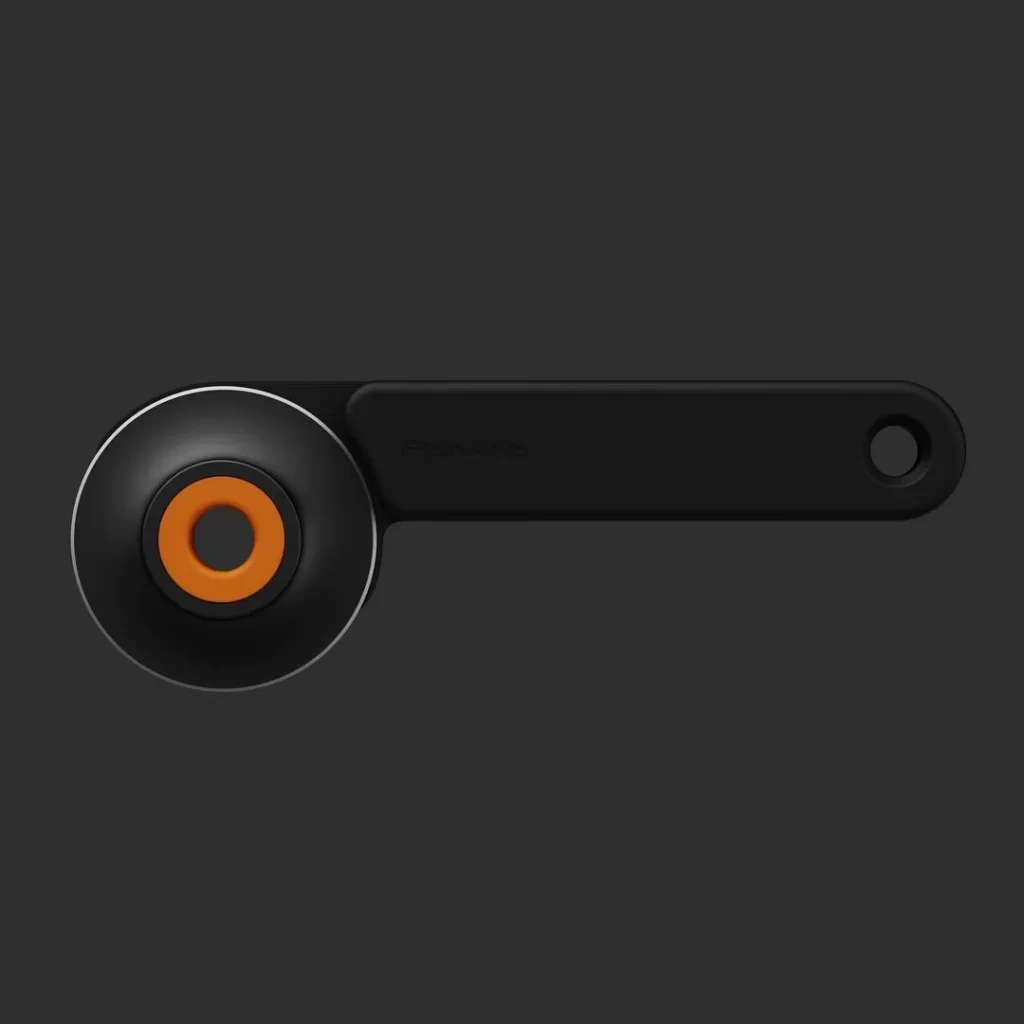
When ‘user talk’ and ‘data talk’ fight: The survival rule of industrial designers’ decision-making
NINEIDEA: In the complex landscape of industrial design, designers often encounter a puzzling dilemma: what “users say” is quite different from what “data say”. This contradictory situation is like a huge stone on the road of design decision-making, making it difficult to move forward. Below is a contradictory scenario, combined with the field of smart homes, to see how to find a balance between user habits in design and market research data conflicts, and create excellent products that not only meet the actual needs of users, but also conform to market development trends.
Contradictory scene presentation
In the design process of smart home products, the design of smart door locks can be regarded as a typical representative of contradictions and conflicts. During in-depth communication with users, we heard a lot of voices favoring the combination of traditional keys and passwords for unlocking. Users emphasize that traditional keys, as a proven backup method, can provide a solid sense of security in the event of sudden electronic device failures, while password input is simple and easy to understand, with convenient operation. They are already accustomed to this dual insurance unlocking mode and have concerns about emerging electronic unlocking technology, fearing that if there is a problem with the electronic system, they will be rejected.
However, the data presented by market research is completely different. The data clearly indicates that fingerprint recognition and remote unlocking functions of mobile apps are showing a rapid development trend, and the market share of smart door locks equipped with these unlocking methods is steadily increasing. Especially among the young consumer group, they have shown great enthusiasm for these new technologies, believing that these methods greatly fit the fast-paced modern lifestyle and elevate convenience to new heights.
The reasons behind the contradiction
The needs expressed by users mostly stem from their long-standing habits and current intuitive feelings. The combination of traditional keys and passwords for unlocking has been deeply ingrained in users’ habits over time, giving them an irreplaceable sense of familiarity and trust. Psychologically speaking, this approach makes users feel more secure and reliable.
Market research data is a direct reflection of the overall market dynamics and the comprehensive behavioral changes of different consumer groups. With the rapid development of technology, new technologies continue to emerge and are widely promoted. Some consumers, especially young and eager to embrace new things, quickly accept and actively promote the popularization of functions such as fingerprint recognition and remote unlocking.
The Decision Survival Law of Industrial Designers
Deep exploration and unlocking core requirements: Designers must not just stay on the surface of the user’s words or data. For the phenomenon of users being obsessed with traditional unlocking methods, it is necessary to dig deep into the core demands behind safety and convenience. Perhaps innovative designs can be made for the key and password input process while retaining traditional methods, such as using more advanced encryption key technology or creating a more convenient password input interface. Consider how to comprehensively enhance the stability and security of the new technological trends reflected in the data, in order to completely eliminate users’ inner concerns.
Precise segmentation and customized exclusive design: fully recognizing the significant differences in needs among different user groups. For elderly users or those with low acceptance of new technologies, we will focus on optimizing and upgrading traditional unlocking methods, and adding detailed operation prompts and thoughtful auxiliary functions. For the young user group, we will vigorously strengthen the innovative design of fingerprint recognition and remote unlocking functions, such as further improving recognition speed, adding personalized setting options, etc., while providing them with clear and easy-to-use operation guidance.
Clever balance, integration of innovation and conservatism: We cannot close the door to new technologies just because of users’ habits, nor can we blindly rely solely on data and ignore users’ existing usage habits. In the design process, a gradual approach can be taken to gradually introduce new technologies, giving users enough time to adapt and transition. For example, taking the lead in launching intelligent door lock products that combine fingerprint recognition function with traditional keyholes, closely observing user feedback, and then further optimizing and adjusting the design based on actual situations.
@NINEIDEA九号创新 www.nineidea.com










